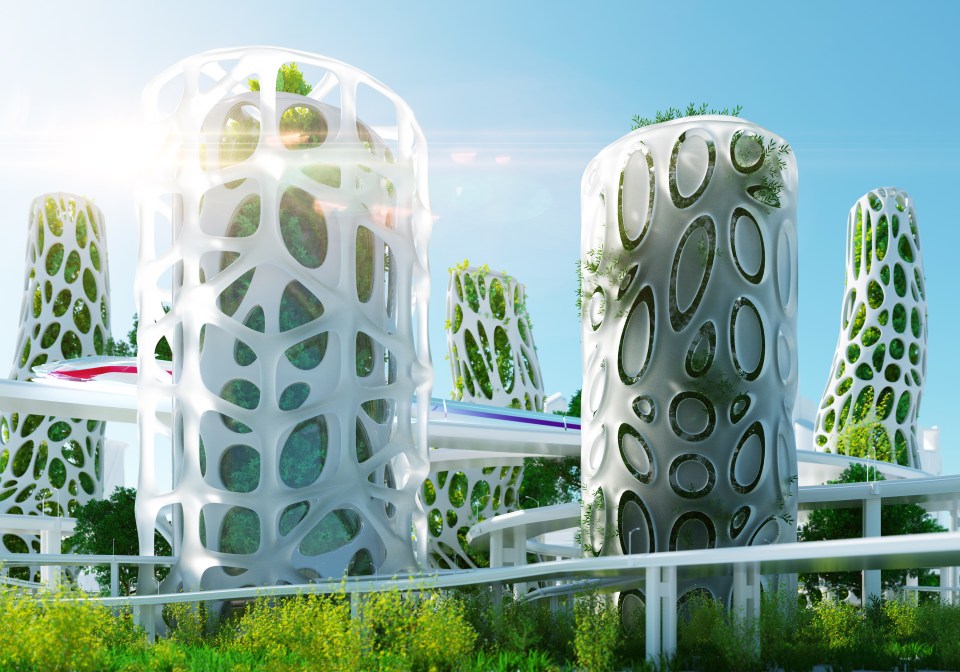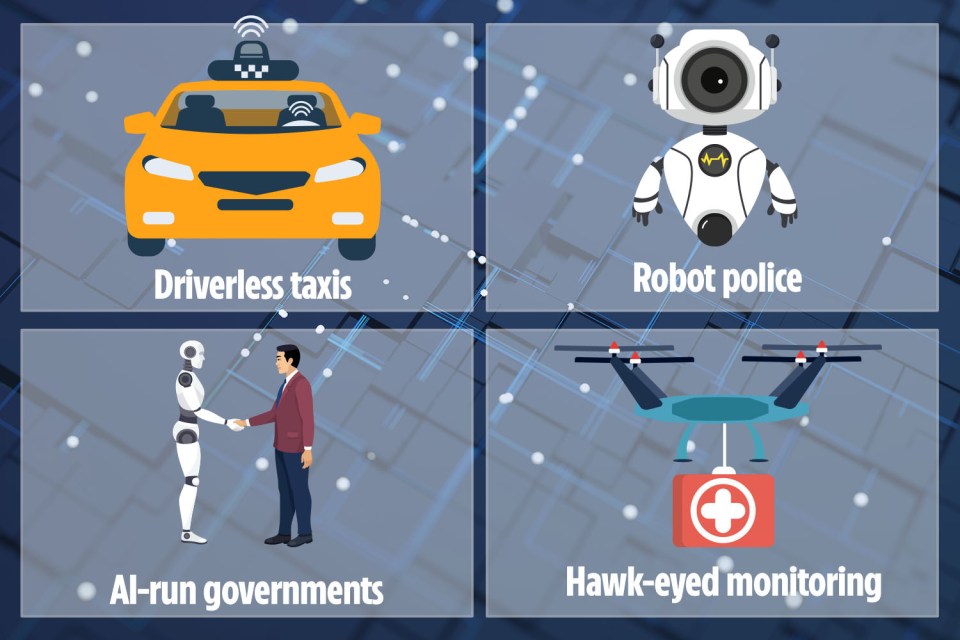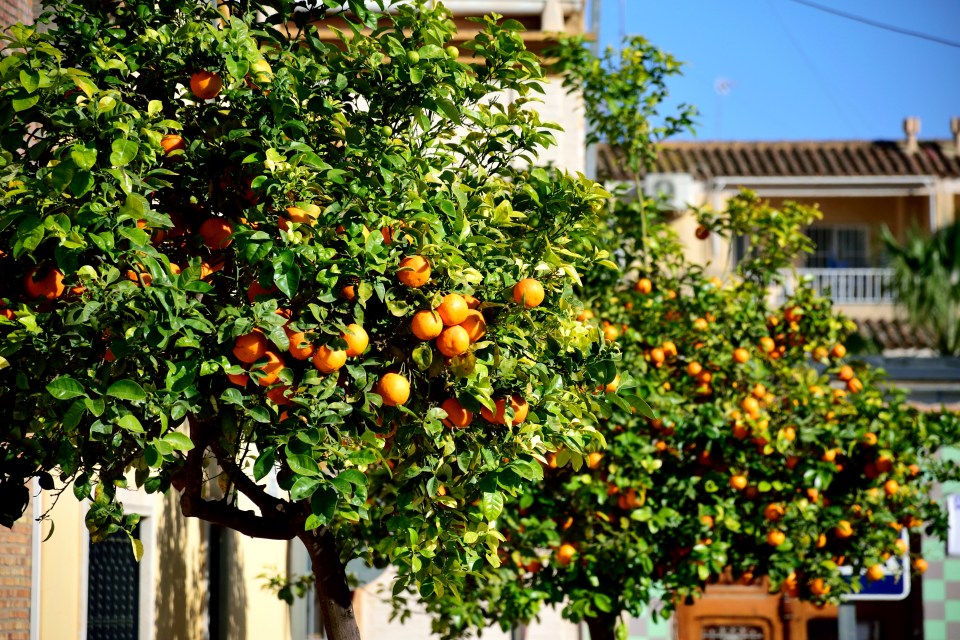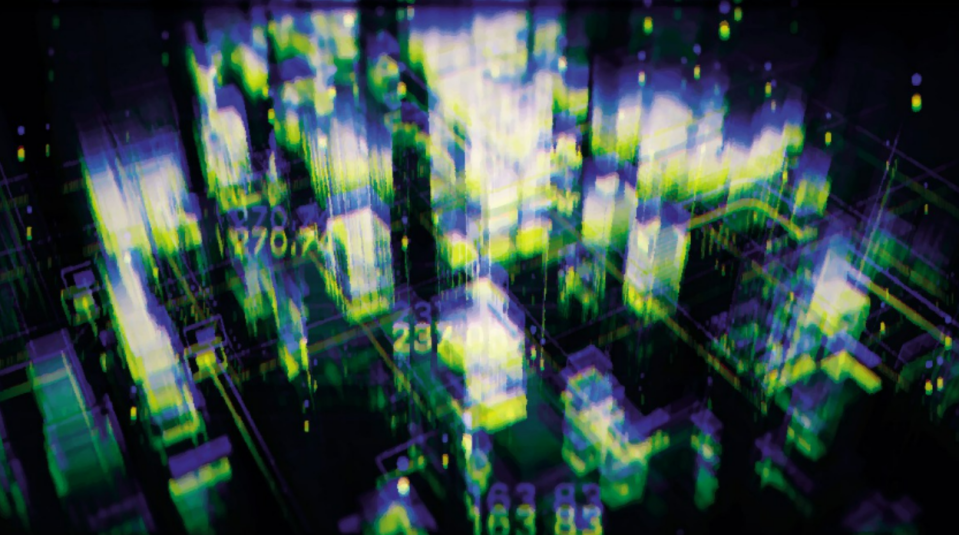Futuristic British cities with ‘edible houses’ and AI governments – here’s how your hometown could change in 100 years
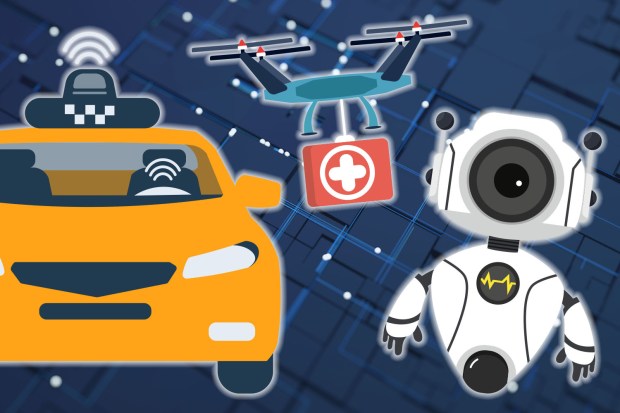
IN 100 years, future cities in the UK are unlikely to have flying cars and highways in the sky.
But they might flip the script on today's hometowns - where rental hoppers never really know their neighbours, where food is pricey and rarely homegrown, and it's hard work to get a GP appointment.
Stephen Oram, author of We Are Not Anonymous, is an expert in what he calls "applied science fiction", using modern day trends to forecast the future.
He works with scientists and technologists to explore the possible outcomes of their research - and where they might lead the world in future.
Oram, who also worked in Whitehall for more than a decade, believes the most obvious change to cities is their population size.
But considering today's falling birthrates, there will be fewer children.
READ MORE ON FUTURE TECH
"It's pretty inevitable that cities are going to expand in terms of the number of people that they're accommodating," he says.
The World Economic Forum revealed in 2022 that being in overcrowded environments increases loneliness by up to 38%.
"I think as individuals we feel isolated," says Oram, which he says could prompt a shift in living styles over the next century towards a fairly utopic "city village".
Oram describes a village but on a city scale - where food is locally grown and produced and there's "vital services" within walking distance.
Most read in Tech
Although, there are perhaps fewer curtain-twitching neighbours.
It resembles the idea of 'green cities', concepts which are becoming increasingly attractive around the world.
"Edible houses" may begin to crop up, continues Oram, where you are "growing your food in the building you're living in."
If we managed to move to driverless cars, then I think individual car ownership could disappear, particularly in cities.
Stephen Oram
And there would likely be an Amsterdam-style effort to pedestrianise areas that were previously only available to people riding on four wheels.
"If we managed to move to driverless cars, then I think individual car ownership could disappear, particularly in cities," he says.
"You move to a situation where you've got driverless taxis, [and] a bit like airplanes, they're always on the go.
"That means you've reduced the amount of on-road parking, which then means you can have more trees."
These trees could bear the fruits of "edible city" initiatives emerging today.
London and Leeds already have plans in place to plant more fruit trees in an effort to create more green spaces and increase access to fresh fruit.
I think it's more likely that you would move to a mix of human and AI running things... So you kind of augment humans rather than hand something over totally.
Stephen Oram
But Oram doesn't paint a purely pastoral picture.
He, like many other experts, believe humans and technology will become even more integrated than they are today.
Even in Parliament, local councils, and courtrooms.
AI-run governments are "definitely possible", says Oram, who previously headed policy for post-16 skills strategic development and innovation at the Department for Education.
Though we won't see a full robo-takeover in government.
"I think it's more likely that you would move to a mix of human and AI running things," he explains.
"So you kind of augment humans rather than hand something over totally."
In some positions, bots may become more common than humans - largely because they will be cheaper, says Oram, but also because they may be more objective.
Oram envisions two layers of policing: the automated and the human.
"I call them the bot police," he says. "Out on the streets, they're very present."
He continues: "And then you've got the really expensive human police that are sitting in the background."
Removing human bias from courts could automate the justice system, says Oram - and leave court backlogs long in the past.
It's "fairly inevitable" too that each city would have a digital twin - a virtual replica of a real city, according to Oram.
Digital twins are created using data from sensors, models, and simulations.
They allow hawk-eyed monitoring and control of urban systems in real-time - from traffic lights to water allowances.
And eventually, each citizen might have a digital twin, to ensure their bodily processes are running as smoothly as possible.
Read More on The Sun
"You could see a situation where your clothes are behaving in the way that current wearable health monitoring stuff does," explains Oram.
"Which means some robot delivery system turns up with some medication you didn't know you needed."


